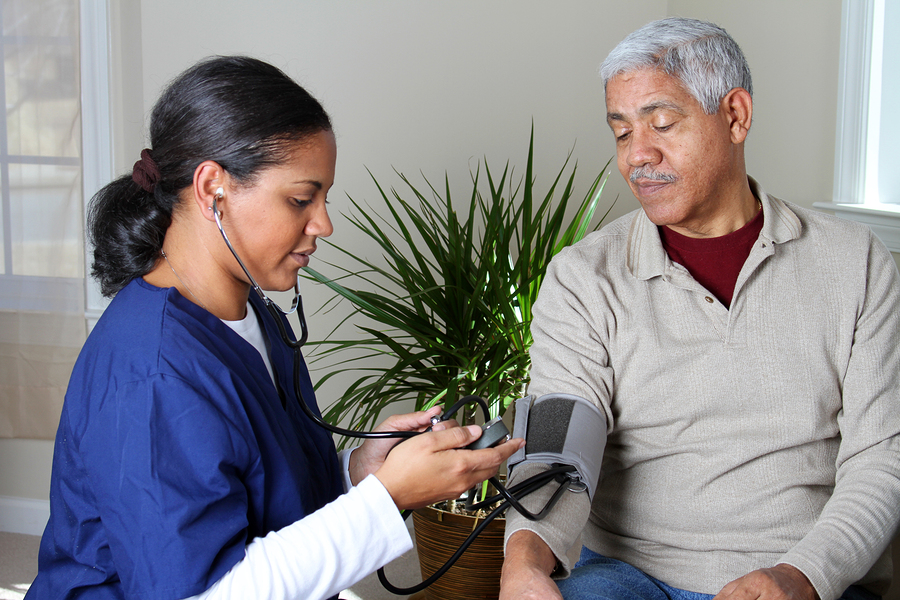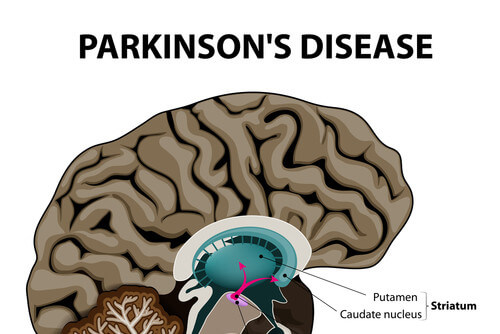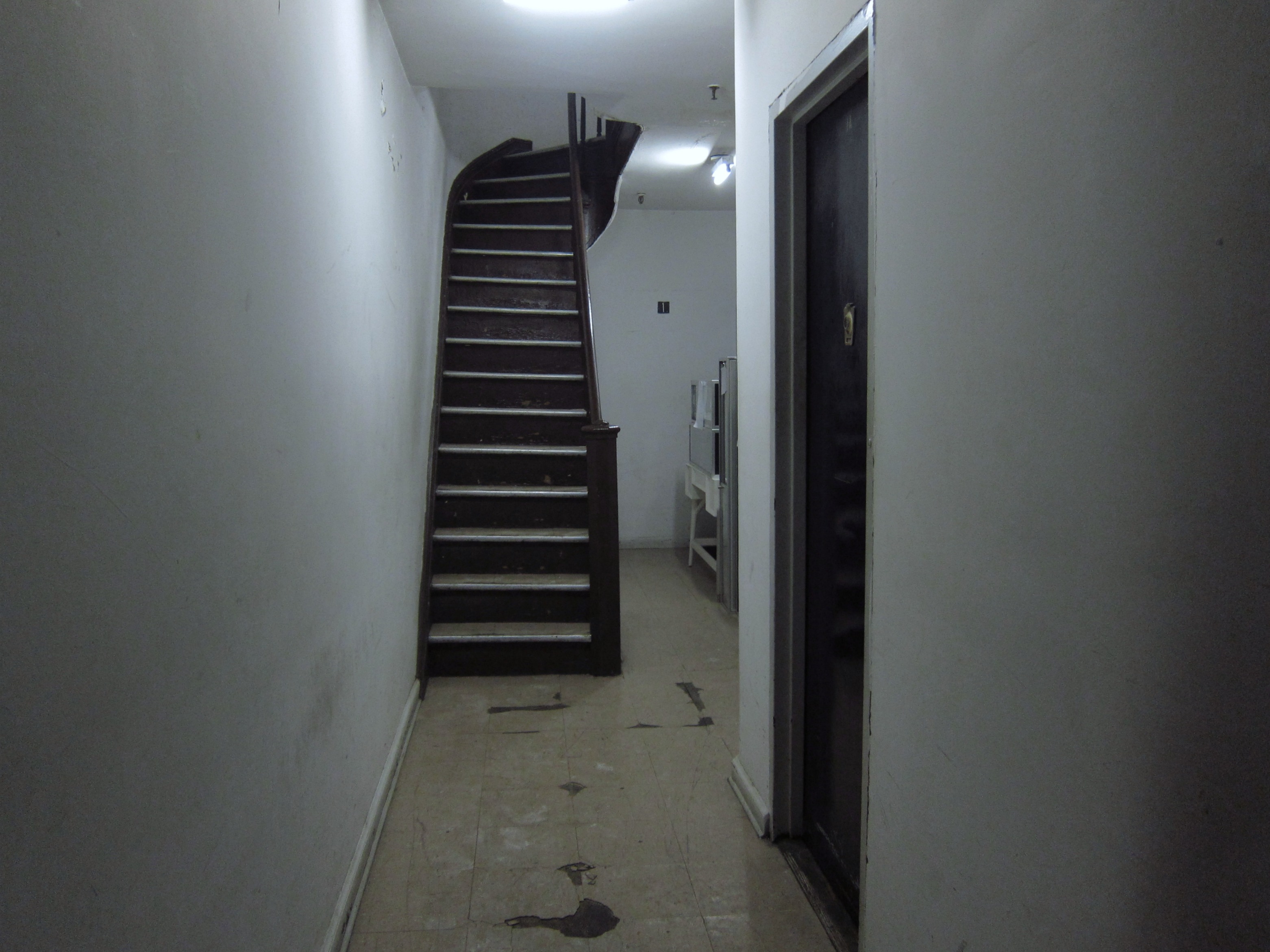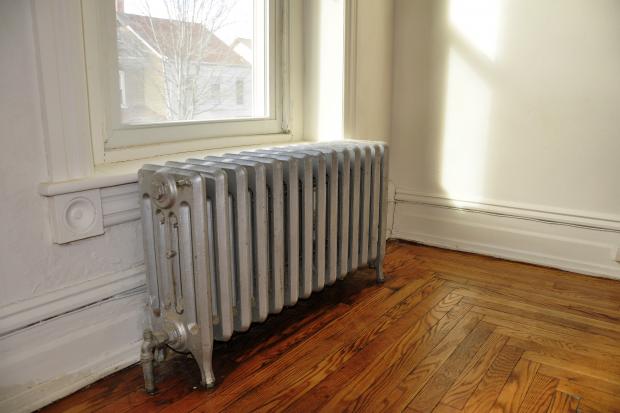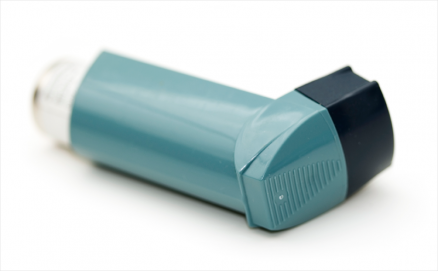Does Bad Weather Really Cause Joints To Ache?
Do you ever get back pain when it rains? Or headaches in the cold? Old wives’ tales have always blamed the weather for making the body ache, and now, science does too. After years of people swearing this phenomenon is true, there is now solid evidence that aches and pains worsen in certain weathers.
So, what causes this? Depending on the weather, the air pressure, or barometric pressure, shifts from high to low. When the pressure drops, as it does before and during bad weather, such as rain storms, the nerve endings in joint tissues swell, tighten and ache. People suffering from arthritis or bone diseases like osteoporosis tend to be the most affected, since it worsens their existing symptoms.
But, it’s not only the joints that are affected. Many scientists believe that changes in weather also affect migraines. Shifts in barometric pressure and temperature may cause the brain to feel pressure, making it harder for it to block out pain. Like with joint pain, many people who suffer from headaches and/or migraines have worse experiences during bad weather.
Does that mean weather is making bone or brain health worse?
It’s unlikely. The barometric pressure and temperature only have temporary effects on existing symptoms. This is why people with strong bones don’t feel aches during the change in weather. Once the bad weather passes, the aches and pains tend to go with it. If you suffer from severe pain during changes in weather, tell your doctor. Together, you can come up with a more flexible treatment that incorporates different shifts in weather.
These causes are not completely proven yet, but most scientists and doctors agree that these are the most likely causes. If you’re experiencing tightened joints due to the weather, apply heat to the affected area, using a heating pad or heating creams. Lightly stretching the affected joints also helps. If you are going to spend time outside in the cold, be sure to dress warmly and avoid any strenuous activities.




